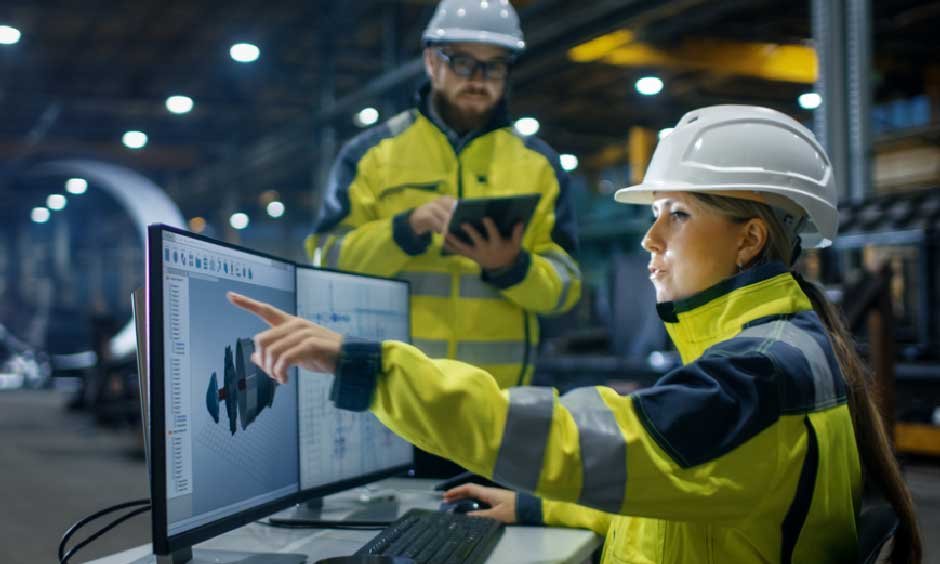Skip to the good bit
ToggleThe construction industry has long been associated with traditional practices and manual labor. However, advanced technology is starting to revolutionize the sector.
Innovations are enhancing many aspects of the design and development process. The result is a higher number of productive, sustainable, and successful projects.
Interested in learning more? In this article we are going to look further into just five ways that technology is positively impacting the construction sector.
Ground Penetrating Radar (GPR)
GPR technology is making significant strides in construction, particularly in subsurface exploration. Communities and businesses can use ground penetrating radar for utility location, assessment of soil conditions, and the detection of structural anomalies without invasive digging.
This technology utilizes electromagnetic waves to create images of the subsurface, providing valuable information that can inform construction planning and execution. By identifying potential obstacles early, it minimizes the risk of costly delays and damage to existing infrastructure.
Enhanced Safety Measures
One of the most significant impacts of technology in construction is the improvement in safety measures. For instance, wearable technology, such as smart helmets and vests equipped with sensors, allows for real-time monitoring of health and safety conditions. They can alert supervisors to potential hazards, and track vitals and locations.
Additionally, drones are being utilized for site inspections, enabling project managers to assess dangerous areas without putting employees at risk. With these advancements, the industry is moving towards a safer work environment, reducing the frequency and severity of workplace accidents.
Building Information Modelling (BIM)
Building Information Modeling or BIM is greatly transforming the way construction projects are planned and executed. BIM software allows architects and engineers to created detailed 3D models of structures, incorporating data about materials, costs and timelines.
This collaborative platform facilitates better communication among stakeholders, enabling teams to identify potential issues early in the design phase. In addition, by visualizing projects in a virtual environment, construction professionals can optimize workflows, reduce errors, and enhance overall project efficiency.
Automation and Robotics
The integration of automation and robotics in construction is another major advancement to note. Automated machinery, such as drones and robotic arms, can perform repetitive tasks with precision, reducing reliance on manual labor.
This shift not only enhances efficiency but also addresses labor shortages in the industry. By automating labor-intensive tasks, the construction sector can complete projects faster and with a higher level of quality.
Project Management Software
Lastly, advanced project management software is another technological advancement that is making waves in the world of construction. These platforms enable teams to plan, execute, and monitor projects in real-time, providing visibility into every aspect of the development process.
Features such as scheduling, budgeting, and resource allocation allow project managers to make informed decisions and adapt to change quickly. Additionally, cloud-based solutions facilitate collaboration among team members and stakeholders, ensuring everyone is on the same page.
Final Words
As you can see from the above, technology is clearly driving positive change in the construction industry. As these continue to develop, they hold the promise of further transforming development practices, ultimately leading to safer more sustainable projects.







